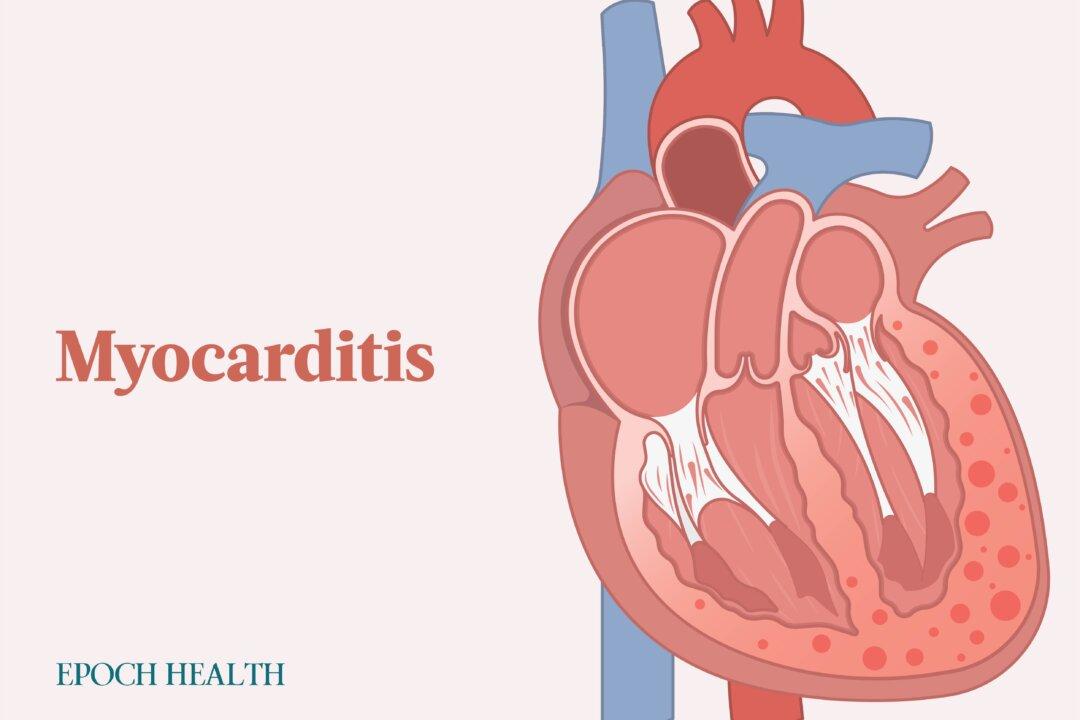There are many ways to treat cancer, and some of them are nearly as frightening as the disease itself. But today, researchers are beginning to unravel some new approaches, including one that comes from seemingly miraculous recoveries in cancer patients who experienced severe fever.
And the interesting part is that gold might be just the ingredient needed to take advantage of a weakness some cancers have to a sudden increase in our body temperature.






